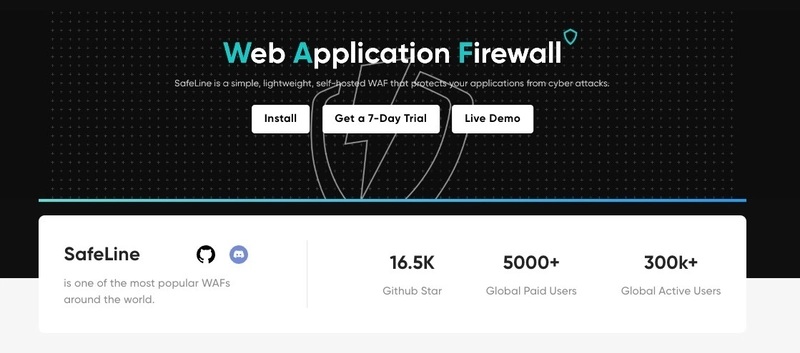If you've ever deployed a modern web app, chances are you've used a reverse proxy—even if you didn’t know it.
So, what is a reverse proxy? And why is it such a critical piece of today’s web infrastructure?
Let’s break it down.
🔄 Reverse Proxy vs. Forward Proxy
Before diving deeper, here’s a quick comparison:
- Forward Proxy: Used by clients (like your browser) to access the internet. Think of it as a middleman that hides your IP or bypasses content filters.
- Reverse Proxy: Used by servers to handle incoming requests. It stands in front of one or more backend servers and acts as a gateway.
🧩 What Does a Reverse Proxy Actually Do?
A reverse proxy sits between the client and your backend servers, accepting incoming traffic and forwarding it appropriately. It can:
- Balance load between multiple backend servers
- Handle SSL termination (HTTPS)
- Act as a caching layer
- Protect backend services by hiding their IPs
- Filter requests (e.g., via a Web Application Firewall)
It’s often your first line of defense—and performance boost.
🛡️ Real-World Use Case: SafeLine WAF
Take SafeLine WAF as an example. It’s an open-source Web Application Firewall that also functions as a reverse proxy.
Here’s what SafeLine does:
- Intercepts traffic at the edge
- Blocks attacks like SQL injection, XSS, RCE
- Routes traffic to the correct backend
- Enhances observability with logging and metrics
Whether you're self-hosting or deploying in the cloud, having a reverse proxy like SafeLine makes your architecture cleaner, safer, and more scalable.
🚀 Bonus: How It Helps Developers
As a developer, a reverse proxy lets you:
- Deploy multiple apps on one server with different domains
- Add rate limiting, auth, and TLS without touching app code
- Improve response time with caching
- Swap backend services without exposing internal changes
Basically, it gives you superpowers.
🧠 TL;DR
A reverse proxy is more than just a router. It's:
✅ A smart traffic manager
✅ A security layer
✅ A performance enhancer
✅ A DevOps enabler
If you're building anything beyond a static website, using a reverse proxy isn't optional—it’s essential.
And if you want open-source protection with built-in WAF capabilities, check out SafeLine WAF on GitHub or join the SafeLine community.



Top comments (1)
Could you explain more about how SSL termination works with a reverse proxy?